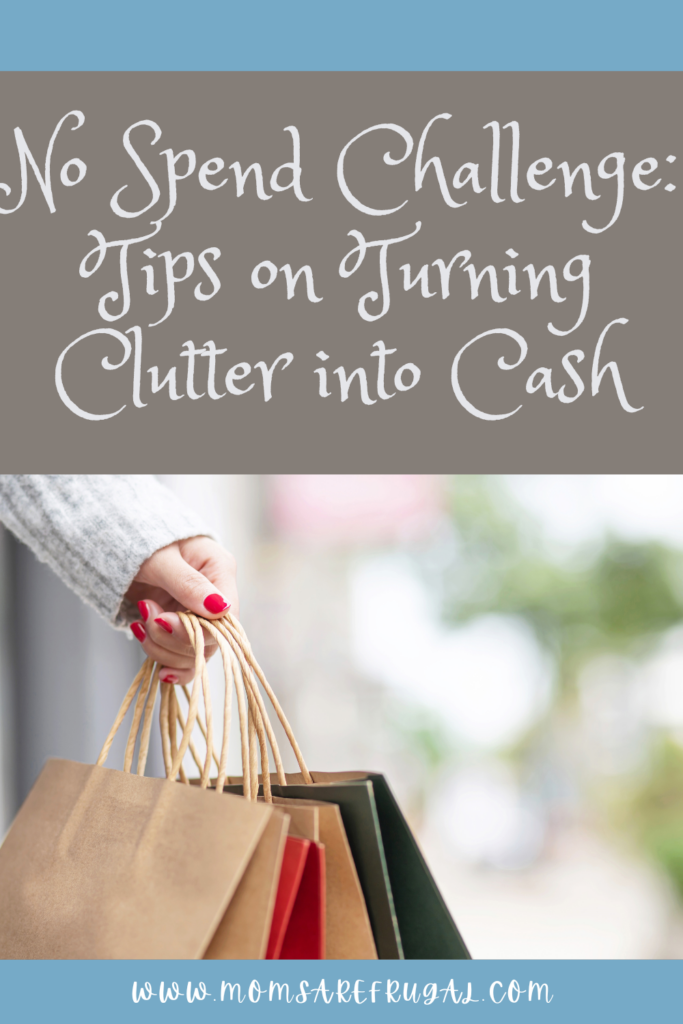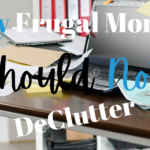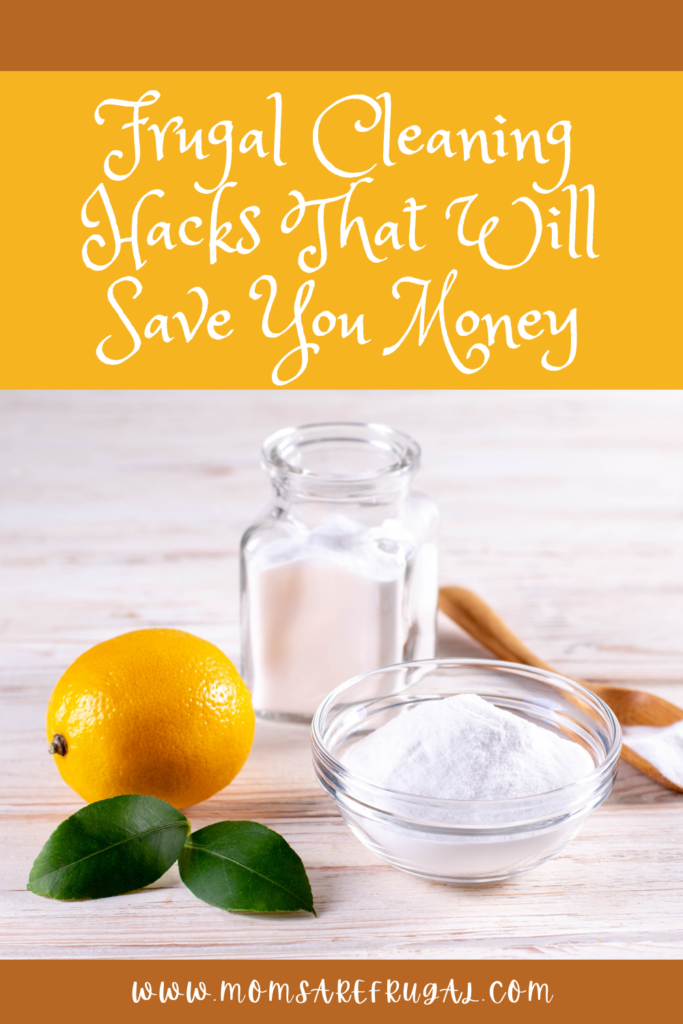I’m going to go out on a limb and say that you probably have stuff at home you don’t use. We all know it and it came to light for me in a very clear way during the annual “Fall Cleaning” activities. (It’s like Spring Cleaning except it’s in the fall.)
What can you do with that “extra” stuff? We definitely donate a lot to our church and local Good Will. And that is our primary channel for dealing with most of our excess items.
However, we explored a new avenue…Selling. You may not realize it, but someone might be willing to pay top dollar for it. Stop sitting on your assets!
Today, we’re going to look at how you can turn your clutter into cold hard cash.
Determine what you have to sell
The first thing you’ll need to do is figure out what you have to sell. Take a look around your attic, garage, closets, and any other spots where things gather dust. Look for things you haven’t used in a year or more, things that are still in their original packaging, or things you forgot you had.
After you’ve taken inventory, you may end up with a long list. Don’t be intimidated. Start with the low hanging fruit and break your list into small, manageable chunks by starting with one to three items at a time.
Find out where and how to resell your items
The best place to resell your items depends on what your items are. If you want to earn top dollar, find your item’s specific niche. For example, you could sell your vintage oboe at a pawn shop, on craigslist, or in a yard sale, but you can sell it on a oboe Facebook interest group for a much higher profit.
Amazon is a great place to sell old books and DVDs. If you have a large amount of vintage clothing, furniture, or art, consider opening a store on Etsy.
Decide on price
When determining your price, a great place to start is shopping around for the same item to see its’ going rate. Be sure to consider factors such as the item’s condition, which can have a big impact on what customers are willing to pay.
Next, consider the lowest price you are willing to take. Pick a specific number and do not go below it.
If you have not gotten any interest after you ad has been up for a while, it’s probably time to lower your price. Also, consider offering a discount to customers for purchasing multiple items to sweeten the deal.
Make the sale
Once you and your customer have agreed on a price, it’s time to complete the transaction. If you’re dealing with the customer exclusively online, do not give out any personal information such as your bank account. Instead, use a secure online payment service like Paypal.
When you mail your item to the customer, be sure to keep a copy of your shipping receipt as proof you sent the package in case any issues arise.
If you are meeting the customer face to face, do so in a public place and bring a friend if possible and accept only cash.
Conclusion
Now, give yourself a pat on the back for a job well done. Go see a movie, have a nice dinner, or treat yourself however you choose. If you follow these tips, you’ll be amazed at how easy and rewarding it can be to sell things you don’t use.
Doug writes about travel, budgeting, being frugal, DIY projects, and food. He has a Border Collie that loves to chase squirrels. You can follow Doug on Twitter @DIYDoug.







Pretty great post. I just stumbled upon your blog and wanted to
say that I have really enjoyed surfing around your weblog posts.
In any case I will be subscribing for your feed and I’m hoping you write once more
soon!
Thank you.
I do accept as true with all of the ideas you have offered for your post. They are very convincing and can certainly work. Still, the posts are too brief for novices. Could you please prolong them a little from next time? Thank you for the post.
Thank you for commenting. I appreciate your ideas, and please feel free to email anytime with questions.
Hi there colleagues, nice article and good urging commented at this place, I am actually enjoying by these.